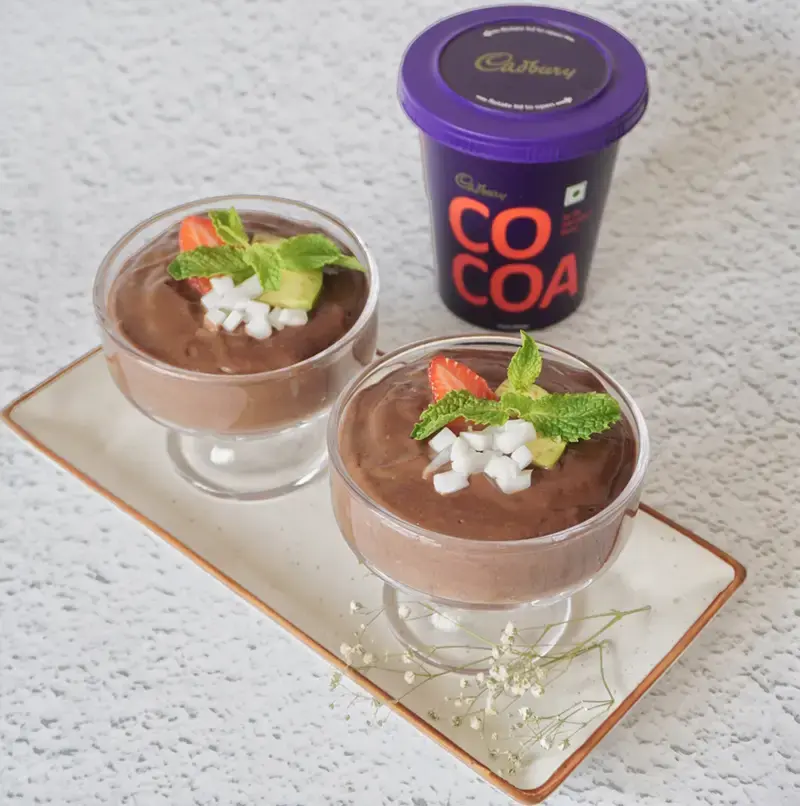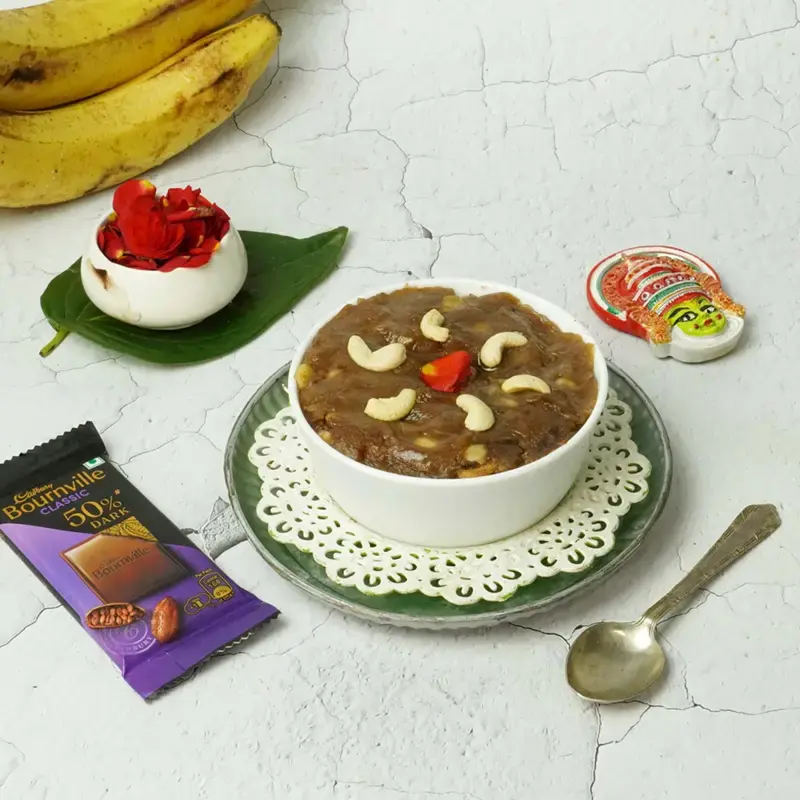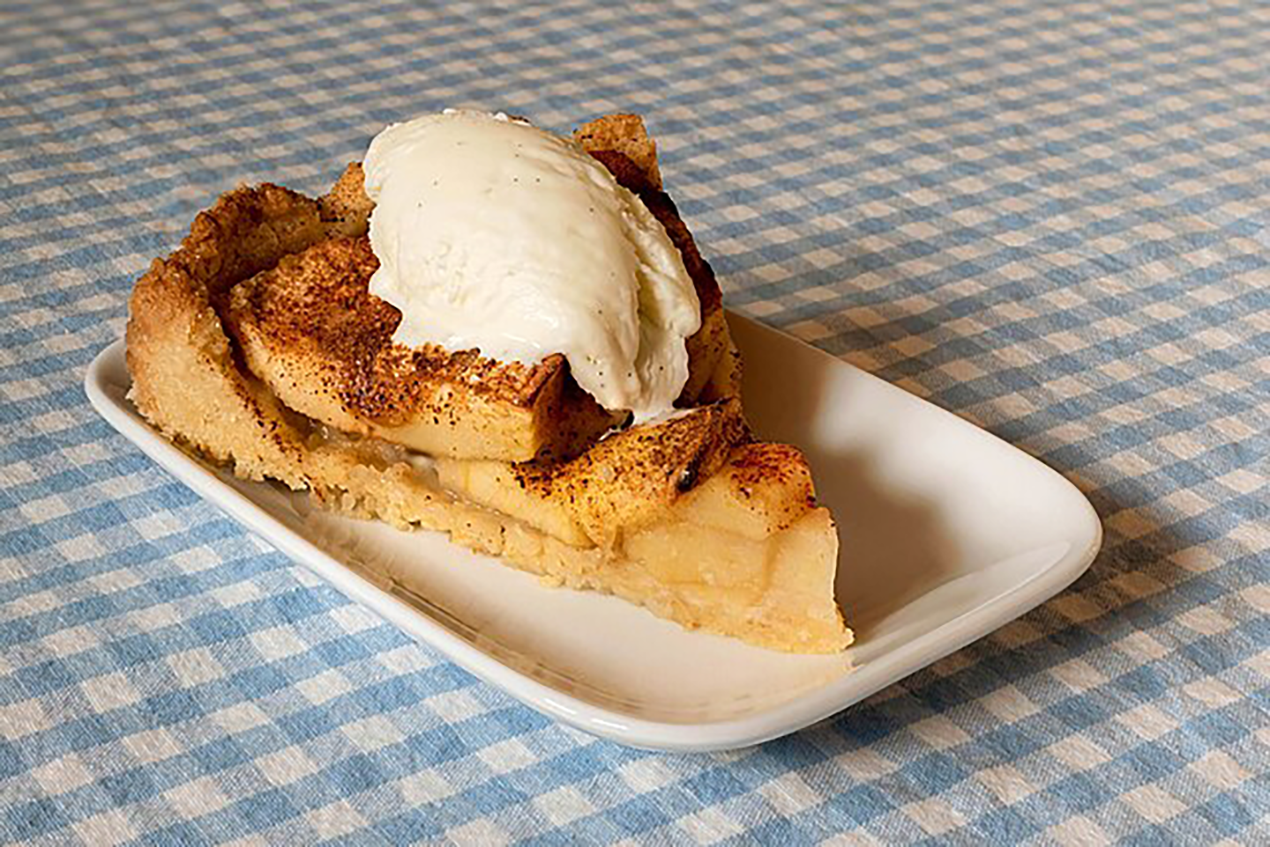Caramel is a finicky but oh-so-delicious ingredient, owing to the different textures and forms it takes. It is a centuries-old golden treasure that was scarce, unlike today. So let’s go back in time to see where this golden ingredient comes from.
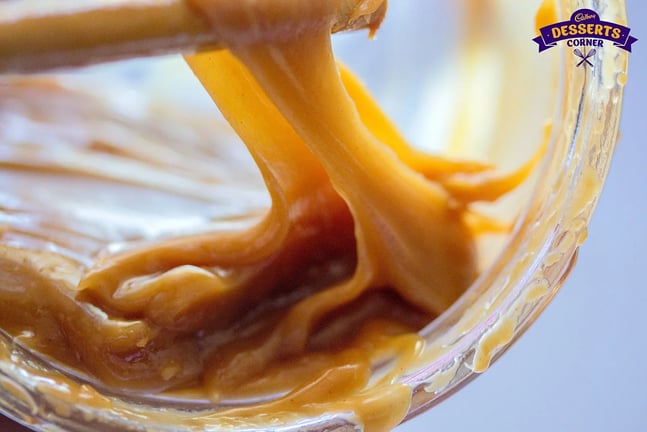
Caramel is a finicky but oh-so-delicious ingredient, owing to the different textures and forms it takes. It is a centuries-old golden treasure that was scarce, unlike today. So let’s go back in time to see where this golden ingredient comes from.
The world of desserts would be bland without the caramel. But why only desserts? Your favorite drinks might suffer as well, especially those that derive their taste heavily from caramel. Not to forget the chewy candies and chocolates like 5-Star that would not exist without the humble caramel.
The ooey-gooey caramel is made from sugar and water. To this, cream, milk or butter is added in generous amounts in order to achieve the softer varieties and different hues of the popular ingredient. Caramel is that one element that is sneakily present almost everywhere. It’s in the crunch of butterscotch ice cream, praline pastries, and even the softer candy bars.
Just like chocolate, it needs careful monitoring to achieve that perfect golden color and taste. Different temperatures yield different textures, colors, and softness. But how did this simple sweet treat make it into the staples chart of desserts? We find out.
The Old Lore
It's a lore straight out of the sands of Arabia. Believed to have been discovered by the Arabs at around 1000 AD, bakers, and dessert aficionados cannot imagine sweet treats without caramel today. But the Arabs back then used it for beauty, not confections; think waxing or exfoliating. The Arabs did eventually realize caramel’s culinary potential. They started to heat and harden caramel into solid balls, small enough to be chewed on.
Fast forward to several centuries later, and France made something called caramel au beurre salé (salted butter caramel). The rest of Europe picked up on caramel since then, and popularized this ingredient even further. Early American settlers, who migrated from Europe, were then seen making hard candies with this element in the mid-1600s.
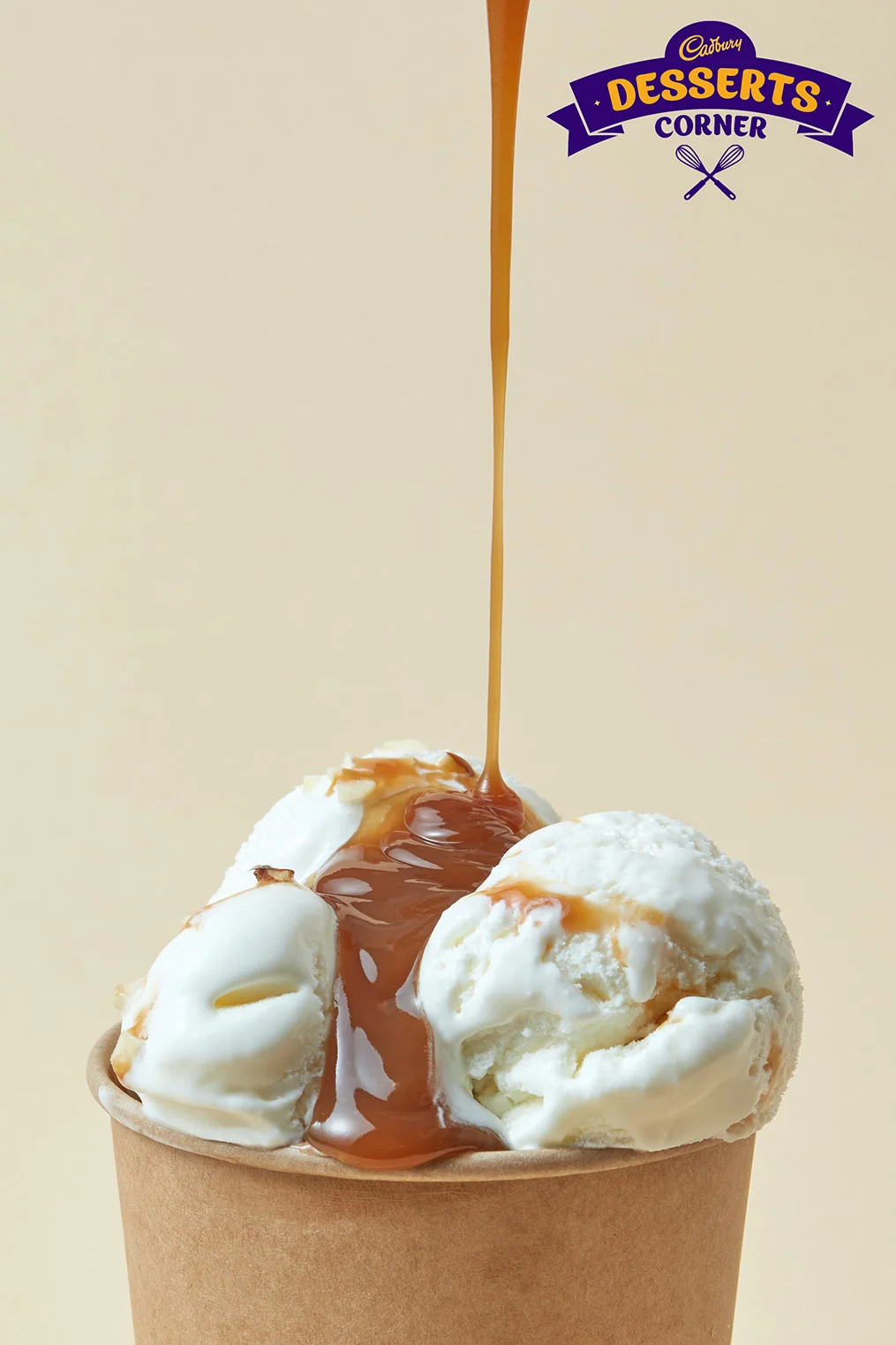
Caramel Becomes Mainstream
Sugar, until the 19th century, was not as widely available or affordable. As sugarcane processing made advances, more home cooks and confectioners started experimenting with caramel. Globalization also followed suit post the Industrial Era, making refined sugar more accessible.
Caramel saw a rise in popularity because it allowed people to transform plain sugar into something richer and more complexly flavored, and gave desserts a touch of refined elegance. Confectioners and bakeries also began experimenting with caramel on a larger commercial scale. Recipes emerged using caramel as a sauce, filling, or topping for all sorts of baked goods like cakes, tarts, pastries, and cookies. They discovered that caramel sauces paired especially well with fruits, enhancing their natural sweetness.
Popular movies like Charlie and the Chocolate Factory added to the already burgeoning popularity of caramel. Who wouldn't want a taste of Willy Wonka’s candy from his surreally magical chocolate factory?
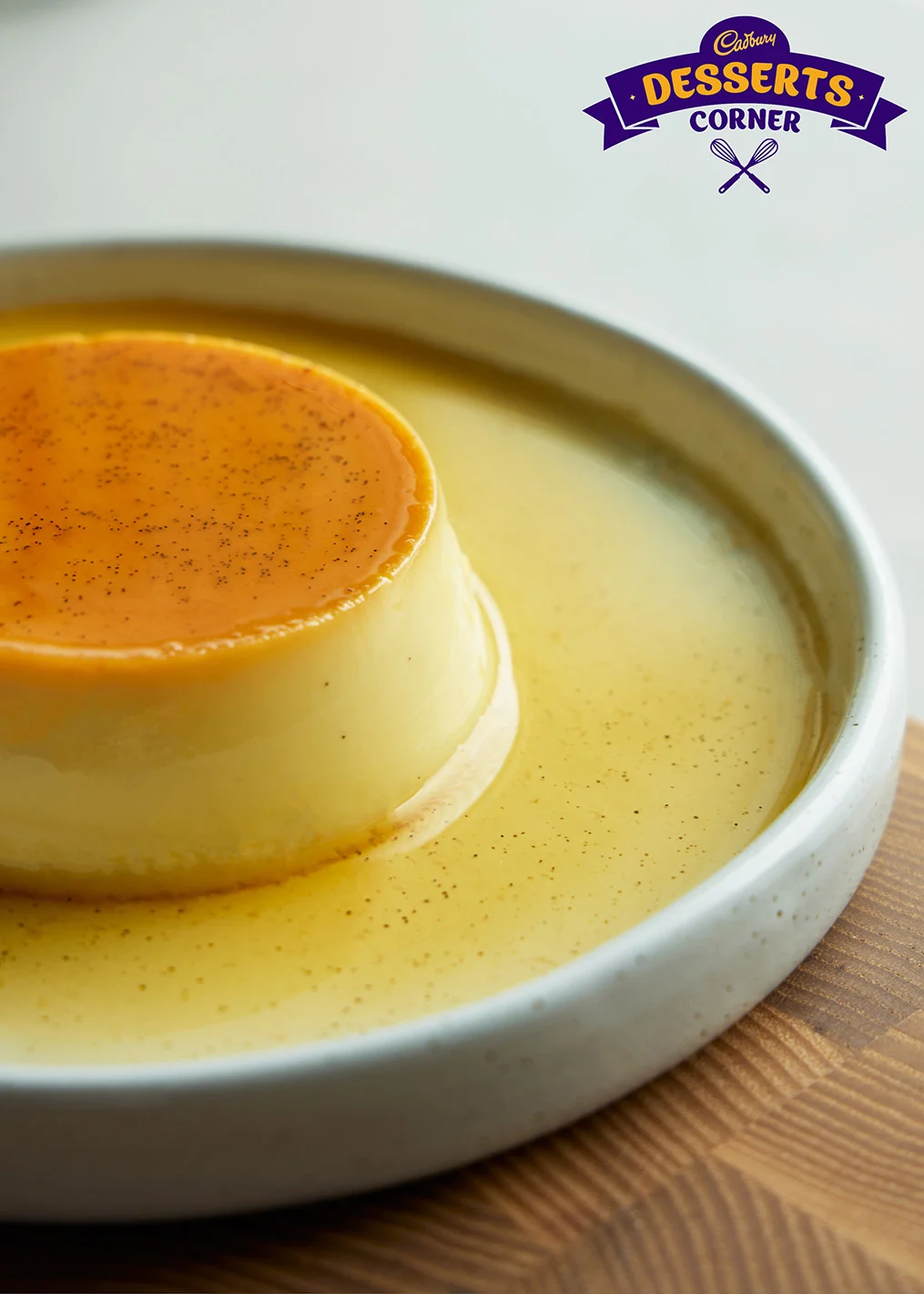
The Textures
As mentioned above, fats are what give caramel their delightful softer texture. The texture of caramel depends greatly on how long the sugar is cooked and what ingredients are added. In ancient times when sugar was rare, caramel would have had a crunchy, brittle texture from the minimal cooking required to produce it.
Dry caramel cooked longer remains hard at room temperature; it is good for decorations or crushing for topping. A softball stage caramel cooked less is pliable and chewy, perfect for toffees, candy bars, or fudge.
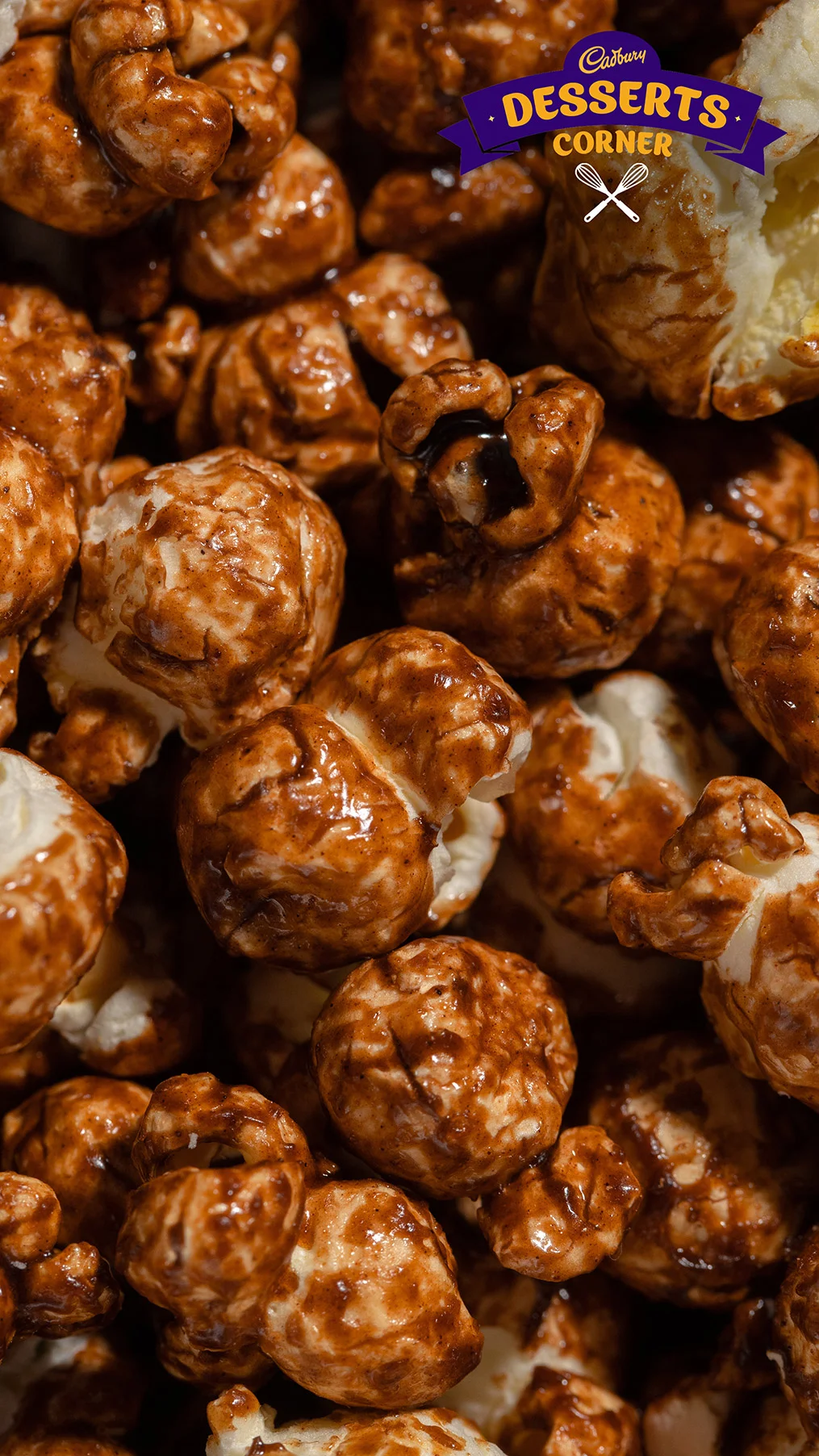
Uncooked caramel sauces are smooth and runny. Under-cooked sauces are thick but pourable. A fully-cooked caramel sauce sets firm yet melts in the mouth. Caramels can be firm yet soft-chew, stretched and airy, or creamy and dense depending on ingredients and cooking methods.
With the rise of condensed milk in the late 1800s, the milk-based, creamier caramels became popular, as the dairy added a smoother, silkier texture when the caramel was cooked fully.
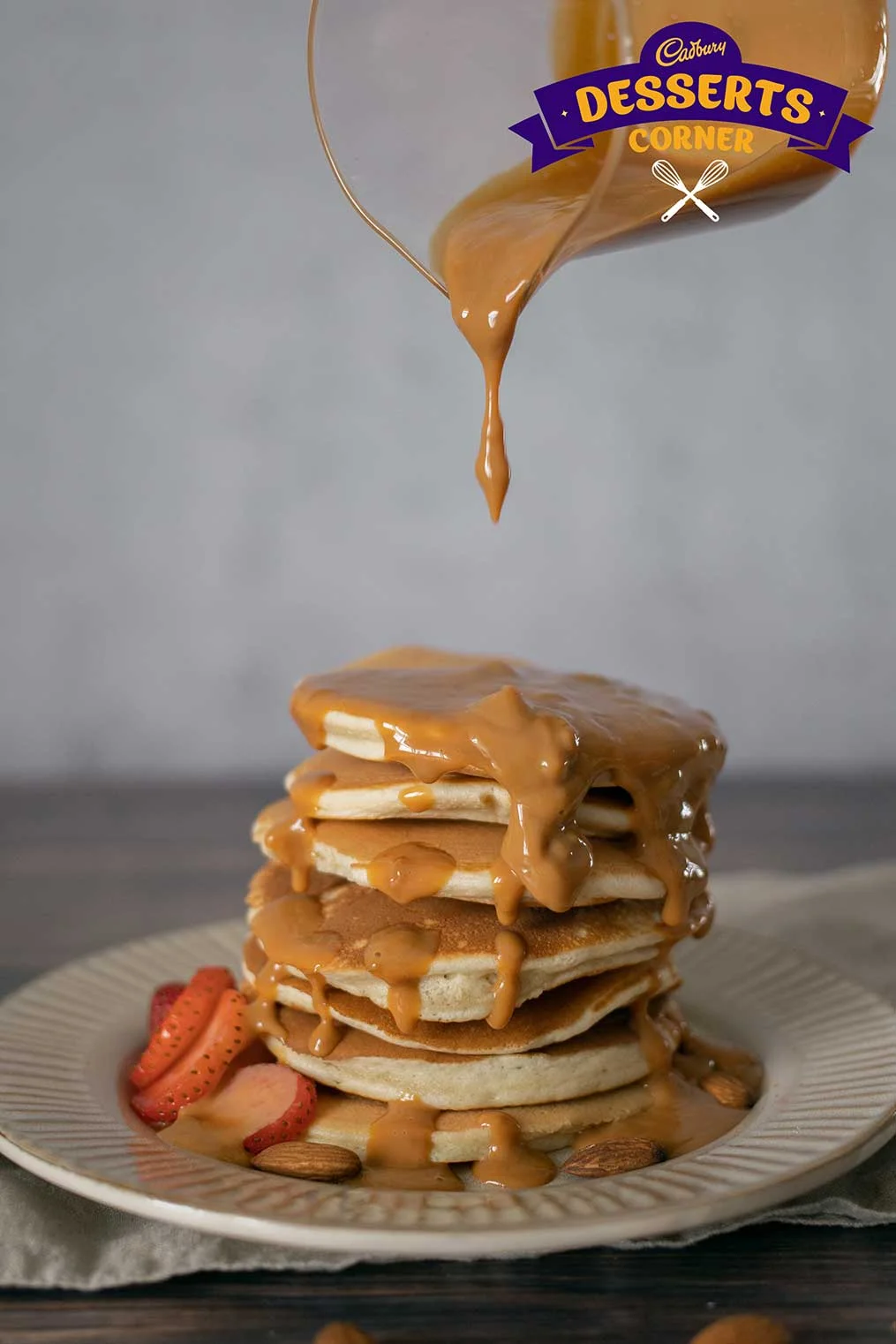
Popular Caramel Pairings
Modern innovations have made for classic pairings that have become a staple today. Some are cult classics like bread and butter, and it is hard to imagine life without them. Caramel popcorn is one of them. Every gourmet popcorn place will have caramel popcorn, especially at movie theaters.
Salt surprisingly also pairs well with caramel. Think salted caramel lattes. Fruits also offer a surprise when paired with caramel. Apples and bananas taste better with caramel. Pour caramel sauce over apple slices or dip the fruits in caramel sauce and you are good to go. Ice cream is also a great match with caramel, appearing as essence, crunchy balls, and sauce.
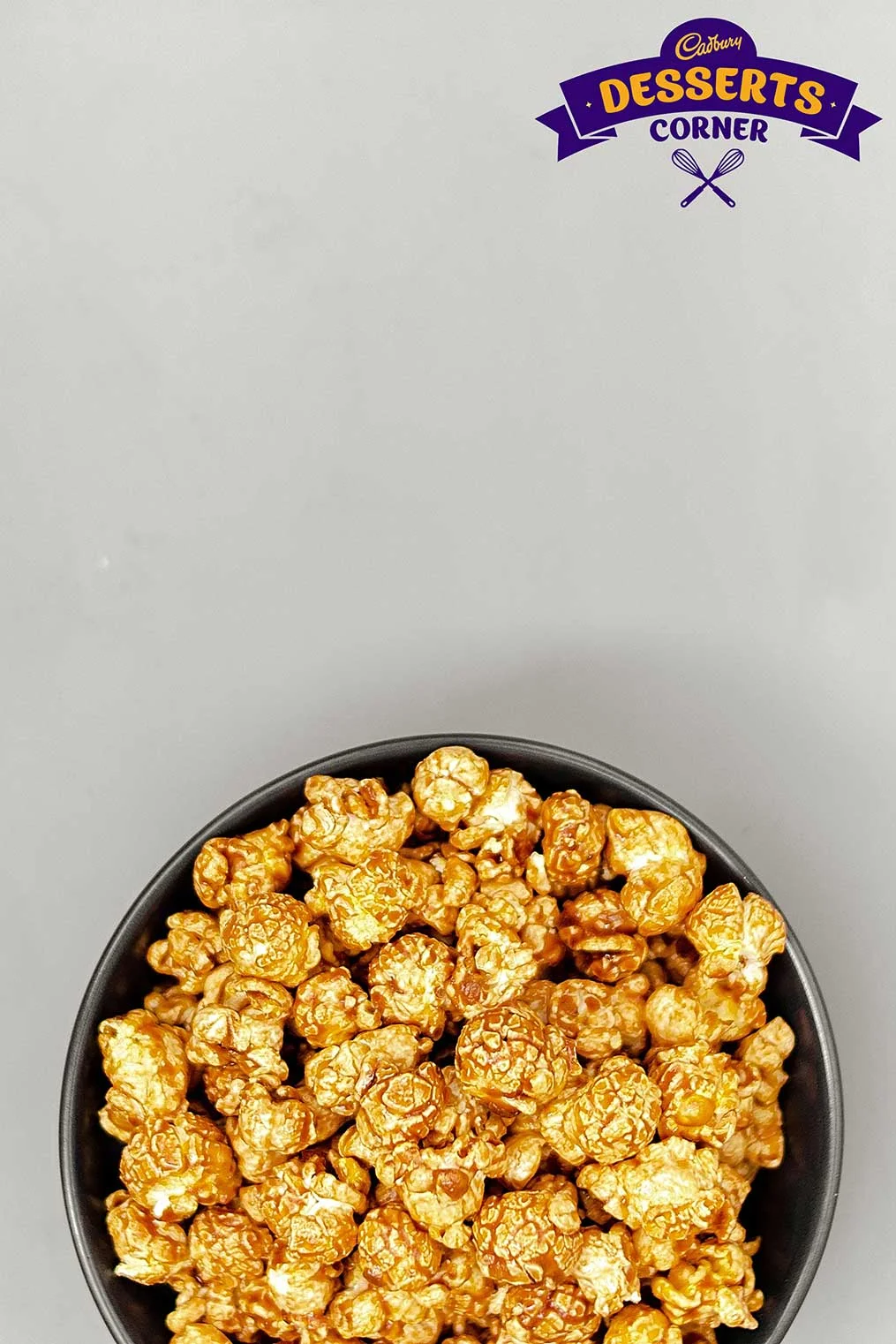
Like This Article?
More Like This



Popular Articles





Trending Web Stories
Curated Recipes
